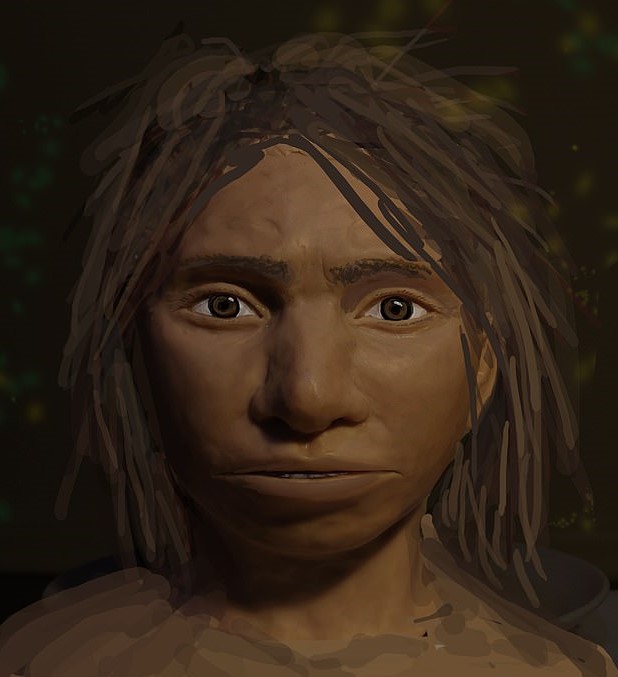Trending Science: This is what our ancient cousins looked like
When we think of Neanderthals, we all have a clear image of what they looked like thanks to numerous remains found throughout Europe and Asia. Using DNA, Israeli scientists now reveal the appearance of Denisovans – Neanderthals’ cousins who went extinct about 50 000 years ago. Some 100 000 years ago, Denisovans lived alongside humans, and even interbred with them. Denisovans’ existence was only recently discovered, and why they became extinct is a mystery. Very little is known about their lives because the only remains unearthed a little over a decade ago amount to three teeth, a pinkie bone and a lower jaw. As reported in the journal ‘Cell’(opens in new window), a team of researchers has reconstructed the skeleton of the elusive Denisovans from DNA found in the pinkie bone of a 13-year-old girl who died 50 000 years ago. The team spent 3 years investigating the patterns of chemical changes in Denisovans’ prehistoric DNA. “In many ways, Denisovans resembled Neanderthals but in some traits they resembled us and in others they were unique,” study author Liran Carmel, a genetics professor from The Hebrew University of Jerusalem, told the ‘BBC’(opens in new window). “The jawbone was reported and we were very excited to see how it matched. It was kind of an independent confirmation of our method.” Prof. Carmel added: “They were humans very similar to us so pointing out the differences between us is critical to understand what makes us human and what might have led to the way we adapted to the world.”
Denisovan, you’ve got the look
The reconstruction was based on complex DNA analysis of Denisovans, Neanderthals, chimpanzees and humans. The researchers identified 56 differences between the Denisovan and modern humans, 34 of them in the skull. They developed groundbreaking technology to decipher the ancient DNA and its gene activity. The end result was a rendering of a Denisovan skeleton that looks like it could be from a modern human. Denisovans resemble Neanderthals more than they do humans, which is understandable given that they are evolutionarily closer. However, some features were quite unique. These traits include a sloping forehead, long face and large pelvis, a very wide skull and large dental arch. The team claims the reconstruction is 85 % accurate. To improve accuracy, more Denisovan DNA needs to be discovered. Speaking to ‘CNN’(opens in new window), study lead author David Gokhman, currently a postdoctoral researcher at Stanford University in California, said: “By doing so, we can get a prediction as to what skeletal parts are affected by differential regulation of each gene and in what direction that skeletal part would change -- for example, a longer or shorter femur.” “Studying Denisovan anatomy can teach us about human adaptation, evolutionary constraints, development, gene-environment interactions, and disease dynamics,” Prof. Carmel continued. “At a more general level, this work is a step towards being able to infer an individual’s anatomy based on their DNA.”



